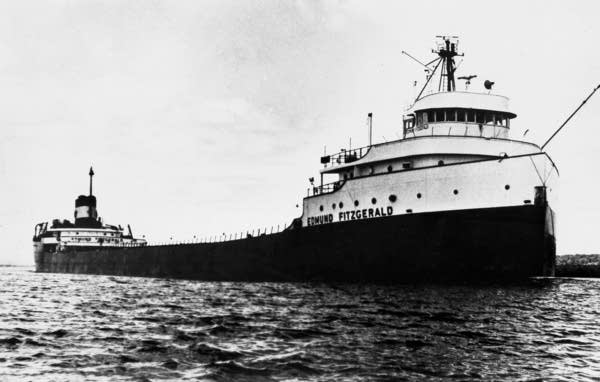Museums recall Fitzgerald sinking on Lake Superior 40 years ago

The Great Lakes ore-carrier Edmund Fitzgerald sails in an undated file photo. The Edmund Fitzgerald sank in a severe storm on Lake Superior Nov. 10, 1975, killing all 29 aboard.
AP
Go Deeper.
Create an account or log in to save stories.
Like this?
Thanks for liking this story! We have added it to a list of your favorite stories.


